The Age of Acrobatics and the Rise of Robot Repair: Safeguarding Unitree’s G1 After the Somersault
The world held its breath on March 19th. Unitree Robotics, a name rapidly gaining prominence in the burgeoning humanoid robotics sector, unveiled footage of their G1 robot executing a feat previously relegated to the realm of science fiction: a full side somersault in real-world conditions. This wasn’t a carefully choreographed routine on a controlled surface; this was dynamic movement, showcasing a level of agility and balance previously unseen in commercially available humanoid bots. The implications for applications ranging from logistics and construction to search and rescue are staggering. But with groundbreaking achievement comes inevitable risk and the potential for damage. What happens after the somersault? That’s where Fix4Bot.com enters the picture.
The G1’s somersault demonstration, while exhilarating, highlights a crucial aspect often overlooked in the rush to showcase robotic capabilities: durability. All that power, all that intricate articulation, all that advanced AI, working in concert to execute such a complex maneuver, subjects the G1’s mechanics and electronics to immense stress. A successful somersault doesn’t erase the potential for wear and tear, impact damage, or component failure. It amplifies it.
Fix4Bot.com is a specialized service dedicated to the diagnostics, repair, and maintenance of advanced robotic systems, with a rapidly expanding focus on humanoid robots like the Unitree G1. We understand that these machines represent a significant investment, both financially and in terms of research and development. Downtime is unacceptable, and relying on generic repair solutions simply won’t cut it. This article details how Fix4Bot.com approaches the unique challenges of maintaining and repairing robots pushing the boundaries of what’s possible, specifically within the context of the G1’s pioneering somersault demonstration.
Understanding the Potential Damage Landscape of a Somersaulting Robot
Executing a side somersault puts tremendous strain on the G1’s structure and components. Let’s break down the areas most vulnerable to damage, categorized by impact magnitude and potential failure modes.
High-Impact Zones (Immediate Concerns):
- Leg Joints (Hip, Knee, Ankle): The impact of landing directly on the legs after rotating at speed is the most critical area of concern. This impact can damage servo motors, gears, bearings, and even fracture the structural elements within the legs. Repeated impacts, even minor, will accelerate wear and tear.
- Torso and Spine: The rapid twisting and flexing of the torso during rotation can strain the flexible spine and potentially damage the internal wiring and connections within the torso. This is particularly sensitive given the complex cabling required for motor control and sensory feedback.
- Foot and Ground Contact Points: The precise impact surfaces of the feet, designed for grip, are subject to significant abrasion, deformation, and potential structural failure (cracking or breaking).
- External Housing & Aesthetics: While less critical for functionality, the plastic or composite housing is prone to scratches, dents, and fractures upon impact. The somersault exposes the robot to a wider range of angles and potential contact points than a typical walking scenario.
Medium-Impact Zones (Potential for Cumulative Damage):
- Shoulder and Arm Joints: While not directly involved in the somersault itself, the arm movements required for balance and stabilization during the rotation can exert stress on the shoulder and arm joints, particularly if the robot’s control algorithms are still being refined.
- Waist Joint: The waist joint, facilitating rotation and balance, is also susceptible to wear over time, especially if the somersault maneuver isn’t perfectly consistent.
- Internal Wiring and Connections: Robotic systems are notorious for connector failures. The jarring forces of a somersault can loosen, stress-rupt, or completely damage internal wiring connections, leading to intermittent or complete system failures.
- Low-Impact Zones (Long-Term Degradation):
- Battery System: The high power demands of the somersault, coupled with potential jolts and stress, can impact battery performance and lifespan. Thermal cycling, caused by increased motor usage, can also accelerate degradation.
- Sensory Systems (IMU, Vision): While inherently more robust, even the Inertial Measurement Unit (IMU) and vision systems can experience calibration drift or temporary inaccuracies due to vibration and impact.
- Actuator Cables & Tensioners: The cables connecting actuators to motors experience significant load extensions and contractions. Repeated stress can lead to cable fatigue or tensioner failure.
Fix4Bot.com’s Diagnostic and Repair Strategies for the G1
Our approach to diagnosing and repairing the G1 after a somersault – or any high-stress maneuver – is multi-layered, utilizing cutting-edge technology and a team of experienced robotic technicians.
1. Comprehensive Diagnostic Assessment:
- Remote Diagnostic Access: We facilitate secure remote access to the G1’s onboard diagnostics system, allowing our technicians to analyze sensor data, error logs, and performance metrics in real-time. This drastically reduces troubleshooting time and enables immediate identification of critical issues.
- Non-Destructive Testing (NDT): We employ NDT methods, including:
- Advanced Thermography: Detects hotspots indicating overheating components or faulty electrical connections, a common consequence of high-stress operation.
- Ultrasonic Testing: Identifies internal cracks or delaminations in structural components, particularly in the legs and torso.
- Vibration Analysis: Analyzes the robot’s vibrational signature to detect imbalances, worn bearings, or loose connections.
- Mechanical Inspection: A thorough visual inspection, aided by specialized lighting and magnification tools, is conducted to identify any visible signs of damage: cracks, dents, wear and tear, and misalignments.
- Servo Motor and Gearbox Analysis: We employ precise measurement tools to evaluate servo motor performance (torque, speed, efficiency) and gearbox condition (backlash, noise).
- Software & AI System Review: Analyzing control system logs and identifying anomalies in the AI algorithms that manage balance and movement is crucial, as software glitches can contribute to mechanical stress.
2. Repair & Restoration Techniques:
Based on the diagnostic assessment, Fix4Bot.com utilizes a range of repair techniques tailored to the specific damage:
- Servo Motor Repair & Replacement: We have specialized expertise in repairing and rebuilding servo motors, including replacing bearings, gears, and potentiometers. For severely damaged motors, we source genuine Unitree Robotics replacement parts or high-quality aftermarket alternatives.
- Structural Repair & Fabrication: Minor cracks and dents in the housing or structural components can be repaired using advanced bonding techniques and composite materials. In instances of severe structural damage, we offer 3D-printed replacement parts or custom fabrication.
- Wiring Harness Repair & Replacement: Damaged or disconnected wiring is meticulously repaired or replaced, ensuring proper connectivity and signal integrity. We utilize specialized crimping tools and testing equipment to guarantee robust and reliable connections.
- Software Calibration & Optimization: Our software engineers work to recalibrate sensory systems, optimize control algorithms, and address any software-related issues that may have contributed to the damage. This includes fine-tuning the balance control to minimize stress on the robot’s joints.
- Proactive Maintenance & Preventative Measures:
- Bearing Replacement Schedules: Implementing regular bearing replacement schedules based on usage patterns significantly extends the lifespan of critical joints.
- Lubrication Protocols: Proper lubrication reduces friction and wear, minimizing stress on moving parts. We utilize specialized robotic lubricants designed for high-performance applications.
- Impact-Resistant Reinforcements: Custom-designed impact-resistant reinforcements can be implemented in high-stress areas, providing enhanced protection against future damage.
- AI-Driven Predictive Maintenance: Leveraging AI and machine learning algorithms to analyze sensor data and predict potential failures before they occur. This allows for scheduled maintenance and prevents catastrophic breakdowns.
3. Specialized Equipment and Expertise:
Fix4Bot.com’s commitment to providing superior robotic repair services is realized through our:
- State-of-the-Art Repair Labs: Equipped with advanced diagnostic tools, precision repair stations, and 3D printing capabilities.
- Certified Robotic Technicians: Our team comprises experienced engineers and technicians with specialized training in humanoid robotics and mechatronics.
- Strategic Partnerships: We maintain strong relationships with Unitree Robotics and other leading robotic component manufacturers to ensure access to genuine parts, technical documentation, and expert support.
- Custom Part Design & Fabrication: When genuine parts are unavailable, we can rapidly design and fabricate custom replacements using advanced CAD/CAM software and 3D printing technology.
The Future of Humanoid Robot Maintenance: Beyond Reactive Repair
The G1’s somersault represents a significant milestone in humanoid robotics. However, it also underscores the need for a proactive and sophisticated approach to maintenance and repair. Fix4Bot.com is committed to moving beyond reactive repair by embracing predictive maintenance strategies:
- Data-Driven Insights: Continuously collecting and analyzing data from robot deployments to identify patterns and predict potential failure points.
- Remote Monitoring: Providing remote monitoring services that allow us to track robot performance in real-time and proactively address any developing issues.
- AI-Powered Diagnostics: Developing AI algorithms that can autonomously diagnose and even repair certain types of robot malfunctions.
The age of advanced humanoid robots like the Unitree G1 is upon us. Their capabilities are expanding at an unprecedented rate. Fix4Bot.com is prepared to meet the challenge, ensuring these incredible machines remain operational, reliable, and capable of pushing the boundaries of what’s possible, one repair, one diagnostic, and one optimized preventative maintenance schedule at a time. The future of robotics depends on it.

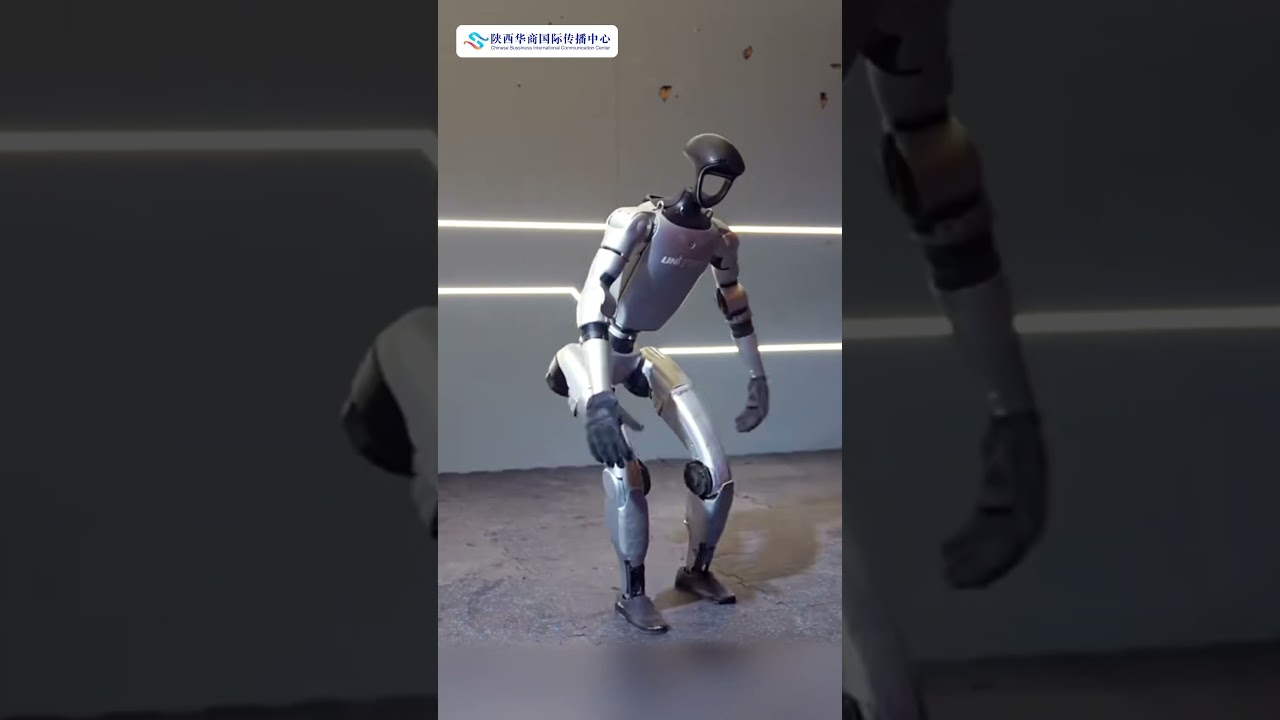


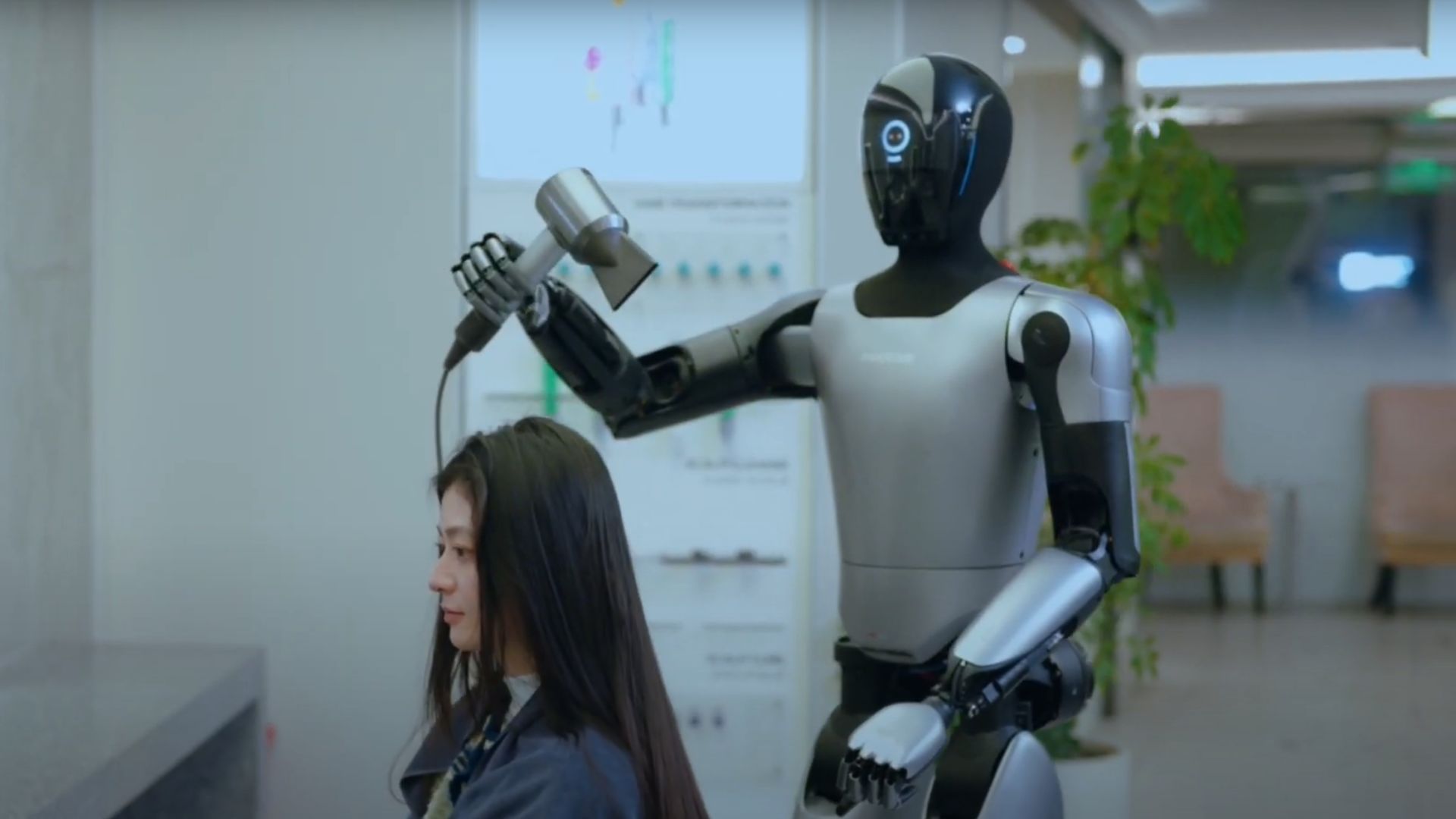

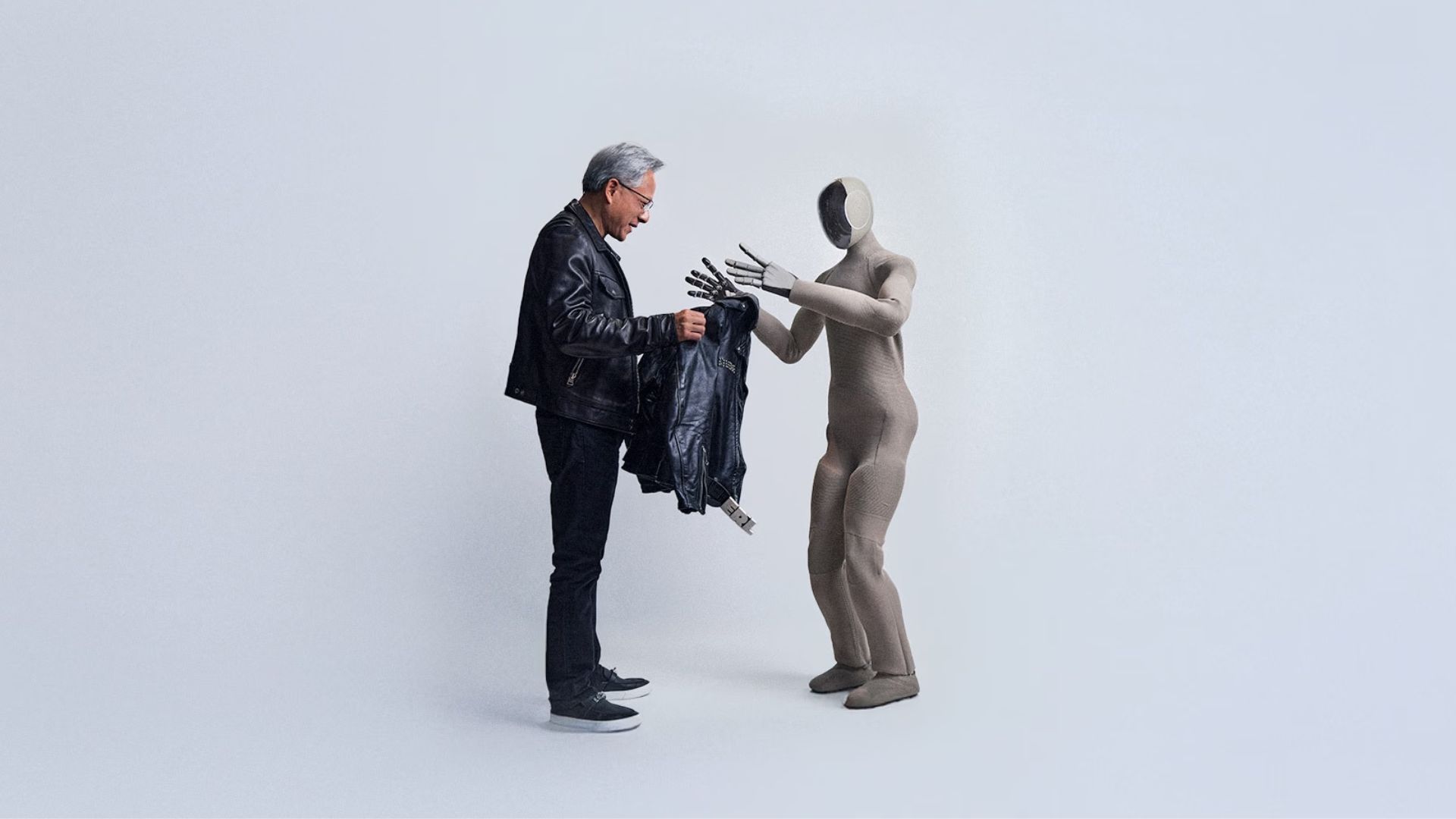
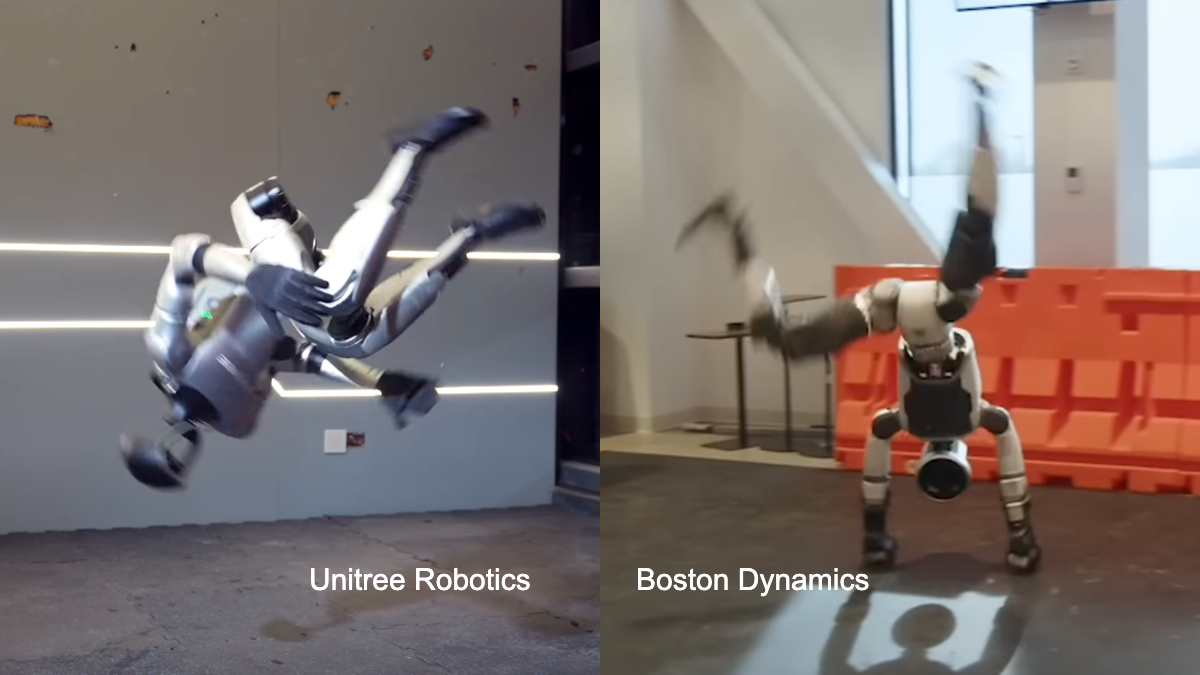
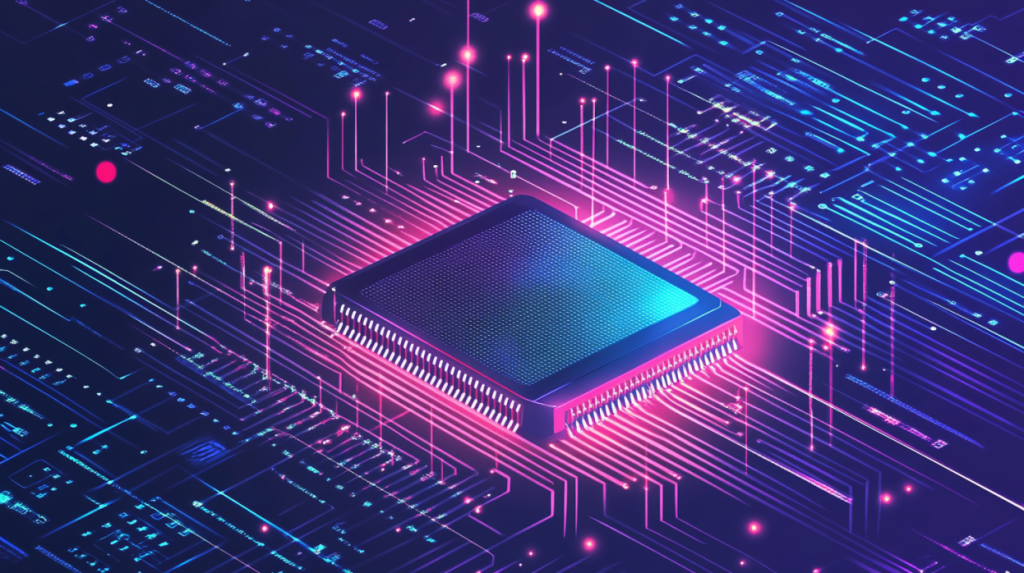

Leave A Comment